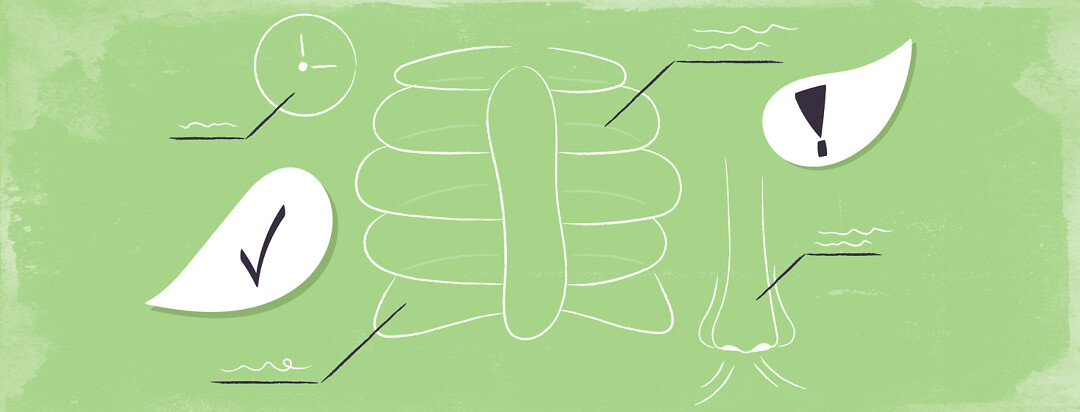My Journey With Buteyko Breathing (Part 2): Restoring Diaphragmatic Breathing
Recently, I have become interested in the root cause of my sleep apnea. I particularly started researching how breathing re-education could help me manage my sleep apnea.
My interview with Patrick McKeown about his work and the Buteyko Method of breathing re-education encouraged me to give it a try.1
My Buteyko Method journey so far
My journey so far with the Buteyko Method of breathing re-education began by replacing my mouth breathing habit with nasal breathing. The next step was working with a myofunctional therapist to correct the resting posture of my tongue to better support nasal breathing. I worked with a dentist to have my tongue-tie released, allowing my tongue to rest easily on the roof of my mouth.
Moving on to breathing re-education
The remaining elements of the Buteyko Method are slowing the respiratory rate and reducing the chemosensitivity to CO2. Another part of the approach is to restore diaphragmatic breathing and the lateral expansion of the lower ribs.
After my interview with Patrick McKeown, I was fortunate to connect with Jo Brierly of the Breathing Clinic. Jo is a student of Patrick McKeown and has been re-educating people to use functional breathing patterns since she found breathwork to be transformative in her own life.
Working on my breath hold time
Jo explained the breath-hold exercise we would use each morning to track my progress. This involves breathing in and out, pinching my nose, and recording how many seconds it takes until I have the first urge to breathe.
When I first began working with Jo, my breath hold score was 8 seconds. This indicated shallow, stressed, dysfunctional breathing.
My daily breathing exercises
Jo gave me daily breathing exercises to create a state of “air hunger” to increase my tolerance to CO2. I listened to Jo’s recordings of breathwork exercises and followed along.
At first, it felt very strange to deliberately reduce the amount of air I was taking in. Feelings of panic arose in the beginning, but the more I followed Jo’s guidance to relax my whole body, the more tolerable the feeling of “air hunger” became.
Diaphragmatic breathing
Like so many people with dysfunctional breathing, I often breathe into my chest rather than lower into my diaphragm. Jo worked with me lying on the floor to help me feel my diaphragm engage when I breathed.
Even just a short time spent breathing in this way felt tremendously relaxing. Habits can be tricky to break, but the more time I have spent breathing correctly, the easier it is becoming.
Impact on my sleep quality
My sleep quality has improved since I began learning about the Buteyko Method. Completing relaxation exercises prior to bedtime allowed me to go to sleep in a calm mental state. Working with Jo on my breathing mechanics has made me much more conscious of my breath throughout the day.
I’m using my diaphragm more and finding I’m less breathless, especially during exercise. Each morning I take my breath hold score. Starting at 8 seconds more than a month ago, my score has increased to 19 seconds. I haven’t reached the goal of 25 seconds, but with continued practice of all the breathing exercises and full-time nasal breathing, I know I'll get there.
Have you tried changing your breathing technique to help with your sleep apnea? Do you wonder if your breathing habits could be improved with exercises like the ones I adopted?

Join the conversation